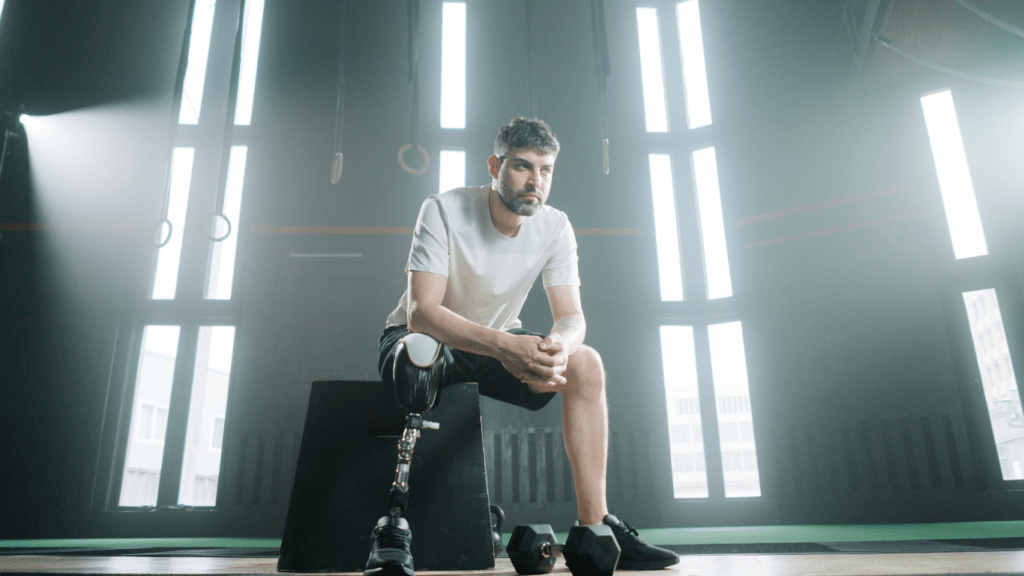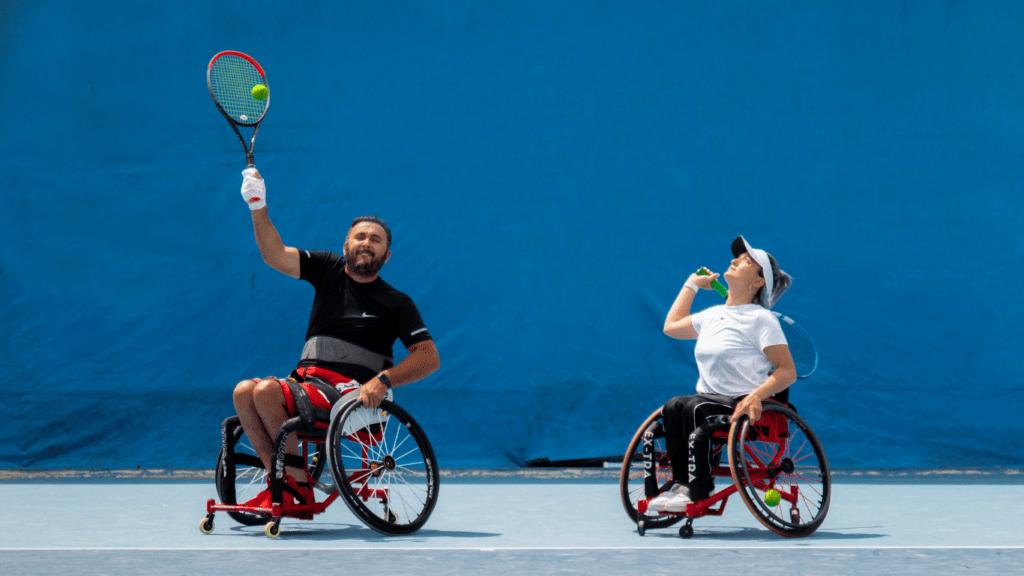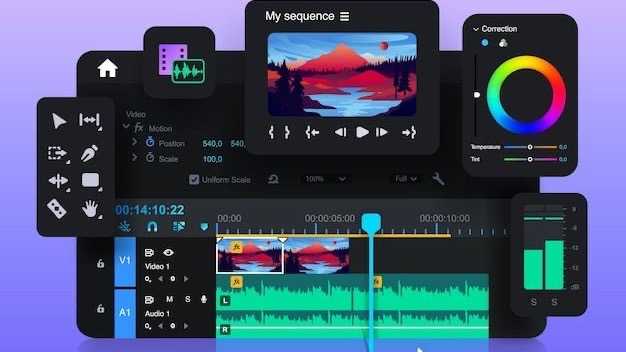Exploring the World of Paralympic Sports
History of Paralympic Sports
Paralympic sports date back to 1948 when Dr. Ludwig Guttmann organized a competition for veterans with spinal cord injuries in England.
The first official Paralympic Games took place in Rome in 1960, featuring 400 athletes from 23 countries. Since then, the Paralympic Games have grown exponentially, now hosting thousands of athletes from over 160 nations.
Categories of Paralympic Sports
Paralympic sports are categorized based on the type and extent of athletes’ disabilities. These categories include:
- Physical Impairments: Include limb deficiency (amputation), impaired muscle power (spinal cord injury), and impaired passive range of movement (joint restrictions).
- Visual Impairments: Accommodate athletes with partial or total vision loss.
- Intellectual Impairments: Include athletes with significant cognitive or developmental disabilities.
Popular Paralympic Sports
Several sports have gained immense popularity within the Paralympic community:
- Wheelchair Basketball: Fast-paced with teams of five aiming to score points by shooting a ball through the opponent’s hoop.
- Paralympic Swimming: Athletes compete in various swimming strokes, categorized by their level of disability.
- Boccia: A precision ball sport, similar to bocce, designed specifically for athletes with severe physical disabilities.
- Sitting Volleyball: A variant of volleyball where athletes play sitting, fostering low net rallies.
- Track and Field: Includes running, jumping, and throwing events with athletes classified by their type of impairment.
Impact of Technology
Technology has significantly enhanced Paralympic sports, providing advanced adaptive equipment:
- Prosthetics: Blade prosthetics for running, multi-function limbs for various sports.
- Wheelchairs: Lightweight, custom-built for specific sports like basketball and racing.
- Assistive Devices: Include electronic sensors, visual aids, and hearing devices to support athletes’ abilities.
- Evaluation: Medical assessment by certified classifiers determines an athlete’s category.
- Fairness: Ensures athletes compete against others with similar functional capabilities.
- Transparency: Classifications are reviewed regularly to reflect athletes
History of the Paralympics
The Paralympic Games have a rich history, reflecting the resilience and determination of athletes with disabilities. Here’s a closer look at how these Games evolved and key milestones.
The Origins and Evolution of Paralympic Sports
In 1948, Dr. Ludwig Guttmann organized a competition for veterans with spinal cord injuries in Stoke Mandeville, England. This event, known as the Stoke Mandeville Games, laid the foundation for the Paralympics.
Initially, the focus was on rehabilitation through sport, but it soon transformed into a competitive arena.
By 1960, the first official Paralympic Games took place in Rome, hosting 400 athletes from 23 countries. This marked a significant shift from rehabilitation to high-level competition.
Over the decades, the Paralympics expanded to include a wide variety of impairments and sports, mirroring the Olympics in complexity and prestige.
- 1964 Tokyo Paralympics: Introduced wheelchair racing.
- 1976 Toronto Paralympics: Included amputees and visually impaired athletes for the first time.
- 1988 Seoul Paralympics: Achieved official recognition by the International Olympic Committee (IOC).
- 1992 Barcelona Paralympics: Featured athletes with intellectual disabilities.
- 2000 Sydney Paralympics: Saw record participation from 122 countries.
- 2008 Beijing Paralympics: Demonstrated the impact of technology with advanced prosthetics.
- 2016 Rio Paralympics: Hosted over 4,300 athletes from 159 countries, emphasizing inclusivity.
These milestones reveal the dynamic evolution of the Paralympic Games, solidifying their place on the global sports stage and showcasing the spirit of competition and inclusivity.
Categories of Paralympic Sports

Paralympic sports cover a wide range of athletic disciplines, ensuring inclusivity and diverse participation. Both Summer and Winter Games feature numerous events tailored to athletes with different impairments.
Summer Paralympic Sports
Summer Paralympics host 22 sports, providing opportunities for athletes with various functional abilities. Some key sports include:
- Athletics: This includes track and field events like sprints, distance races, long jump, and shot put.
- Wheelchair Basketball: Teams of five players compete on a basketball court, with athletes using wheelchairs specifically designed for the sport.
- Swimming: Events range from short sprints to long-distance races, with competitors classified based on their functional abilities.
- Boccia: A precision ball sport similar to bocce, where athletes with severe physical impairments compete in seated positions.
- Cycling: Includes both road and track events, with different classifications for handcycles, tricycles, and bicycles used by athletes with varying impairments.
Winter Paralympic Sports
Winter Paralympics feature 6 sports, each tailored to the conditions of cold weather environments. Key sports include:
- Alpine Skiing: This sport involves downhill speed events, slalom, and giant slalom, with athletes using adaptive equipment like sit-skis or outriggers.
- Snowboarding: Athletes compete in events such as snowboard cross, adapting their technique and equipment to navigate the snow.
- Cross-Country Skiing: Competitors participate in distance races using sit-skis or standing techniques, based on their impairment classification.
- Wheelchair Curling: Mixed-gender teams of four slide stones on ice towards a target area, with strategies similar to regular curling.
- Ice Sledge Hockey: Teams of athletes with lower-body impairments, using specially designed sledges, play a version of ice hockey on an ice rink.
These categories emphasize the adaptability of sports and the resilience of the athletes, illustrating the essence of the Paralympic Games.
Athlete Profiles
Highlighting the remarkable athletes who’ve left an indelible mark on the Paralympic Games is essential. These individuals have not only achieved greatness but also inspired millions globally.
Notable Paralympians and Their Achievements
- Tatyana McFadden (USA)
Starting her career in 2004, Tatyana McFadden has dominated wheelchair racing. She has 17 Paralympic medals, including seven gold. - Daniel Dias (Brazil)
As a swimming powerhouse, Daniel Dias has earned 27 Paralympic medals from 2008 to 2021, making him one of the most decorated Paralympians in history. - Sarah Storey (UK)
Sarah Storey, a versatile athlete, transitioned from swimming to cycling. She has amassed 25 Paralympic medals, including 17 gold, since her debut in 1992. - Ryley Batt (Australia)
Competing in wheelchair rugby, Ryley Batt has led his team to multiple gold medals, achieving top podium finishes in 2012 and 2016.
- Jessica Long (USA)
Born with fibular hemimelia, Jessica Long had both legs amputated below the knees at 18 months. She took up swimming and has since won 29 Paralympic medals. - Abdellatif Baka (Algeria)
Competing in T13 middle-distance running, Abdellatif Baka won gold in the 1500 meters at the 2016 Rio Games, even outperforming the Olympic champion in the same event. - Birgit Skarstein (Norway)
After a skiing accident, Birgit Skarstein switched to rowing and cross-country skiing. She secured gold in rowing at the 2019 World Championships and continues to compete across disciplines. - Beatrice Vio (Italy)
Following a severe meningitis infection that led to amputations, Beatrice Vio emerged as a top fencer, winning gold at the 2016 Paralympics and becoming a symbol of resilience.
These profiles embody the spirit of the Paralympic Games, showcasing unparalleled determination and excellence across diverse sports.
The Impact of Paralympic Sports
Paralympic sports have transformed both athletes’ lives and societal perceptions of disabilities. They break down barriers and inspire millions through exceptional athletic achievements. This section delves into how these sports influence society and the athletes themselves.
On Society and Perception of Disabilities
Paralympic sports significantly influence societal perceptions of disabilities. They challenge stereotypes and redefine what’s possible for individuals with impairments.
By showcasing the abilities and achievements of Paralympians, communities gain a more inclusive perspective. Media coverage of events like the Paralympic Games plays a crucial role in normalizing disabilities and promoting equal opportunities.
Public engagement increases, leading to better accessibility and integration in various sectors. Educational programs often use Paralympic athletes as role models to teach students about diversity and resilience.
On the Athletes’ Lives and Careers
Participating in Paralympic sports profoundly impacts athletes’ lives and careers. It provides them with a platform to excel and gain recognition. Many athletes undergo rigorous training regimens, demonstrating exceptional dedication and skill.
Paralympic success opens doors to sponsorships, professional opportunities, and broader social recognition.
Athletes like Tatyana McFadden and Daniel Dias have garnered significant attention, serving as inspirations for both disabled and non-disabled individuals.
Paralympic sports also foster a sense of community and support among athletes, enhancing their overall well-being and mental health.
Future Trends in Paralympic Sports
Paralympic sports continue to evolve, driven by innovations, policy changes, and increasing inclusivity. The future holds promising trends that could revolutionize the Paralympic movement.
Technological Advancements
Advancements in technology are redefining the boundaries of Paralympic performance. Prosthetics are becoming more sophisticated, with materials like carbon fiber enhancing strength and flexibility.
Wheelchair technology is also advancing, providing athletes with more maneuverable and lightweight options. Paralympic athletes use biomechanics analysis to optimize their performance, leveraging data-driven insights for training and competition.
Innovative assistive devices help visually impaired athletes. For instance, goalball players use high-tech eyewear for better spatial awareness. Swimming radar technology enables swimmers to sense lane positions and turns.
These innovations ensure a level playing field and push the limits of what’s possible in Paralympic sports.
Policy Changes and Global Inclusivity
Policy changes are pivotal in advancing Paralympic sports. The International Paralympic Committee (IPC) continuously updates classification systems to ensure fair competition.
Recent policy amendments focus on enhancing gender equality. Mixed-gender events are becoming standard, promoting inclusivity within the games.
Globally, there’s a push for inclusivity. Countries are investing in Paralympic programs and infrastructure. Host cities are making venues accessible, emphasizing universal design.
This global shift fosters a supportive environment for athletes of all abilities. Disabled sports programs are also gaining traction, encouraging grassroots participation. Young athletes with impairments find more opportunities, nurturing future Paralympians.
Technological advancements and policy changes serve as cornerstones for the future of Paralympic sports. These trends, combined with a commitment to global inclusivity, will continue to shape the landscape, making it more competitive and inclusive for generations to come.


